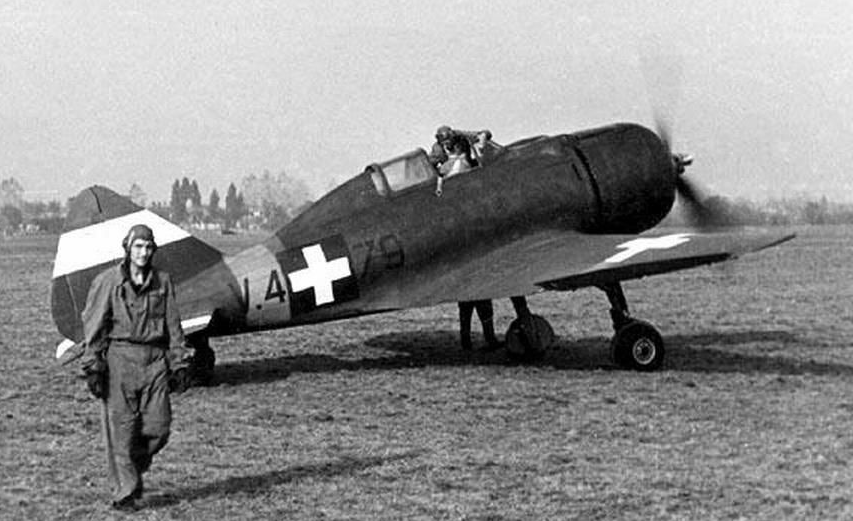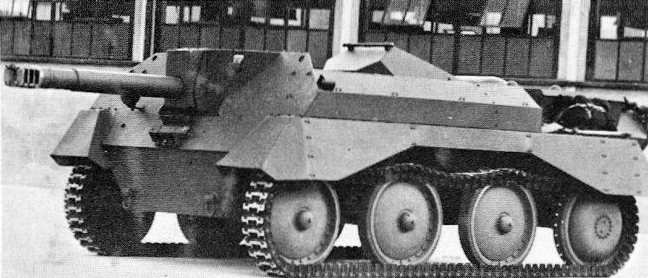Romania's Tank Efforts in World War II: The Vânătorul de Care R35 and the Unfulfilled Vision
- kismber

- Nov 22, 2023
- 2 min read

Prior to its entry into World War II, Romania had long aspired to develop a formidable armoured division. To achieve this, Romania engaged in trade agreements with countries possessing expertise in armored warfare, particularly France and Czechoslovakia. An agreement was considered for the production of two hundred R35 tanks in Romania, but it ultimately fell through. Instead, France opted to supply Romania with forty-one R35 tanks in 1939, shortly before the outbreak of World War II.
In September 1939, as the Germans and Soviets invaded Poland, Romania found itself in possession of thirty-four R35 tanks when a Polish tank battalion sought refuge within its borders. This event increased Romania's R35 tank inventory to a total of 75. However, following the fall of France in 1940, further deliveries of R35 tanks became impossible.

Around mid-1942, during the Battle of Stalingrad, the shortcomings of the R35 tanks became evident to the Romanian 1st Armored Regiment. The armor and armament of these tanks proved inadequate against Soviet tank forces. In response to this dilemma, the Romanian 2nd Armored Regiment embarked on an in-house project to create a prototype of an R35 tank with the turret and armament derived from an unidentified Soviet T-26 variant. This innovative approach drew the attention of the Romanian Ministry of Supply.

The Romanian Ministry of Supply's technical department recognized the potential for modernizing the R35 tanks. The suggestion was made to investigate the feasibility of fitting a 45 mm 20K gun into the compact turret of the R35. By the end of February 1943, a prototype R35 armed with the 45mm 20K gun and equipped with Septilici optics produced by I.O.R. was ready. Trials of the upgraded R35 prototype were conducted in the summer of 1943, prompting the Romanian Army to order the conversion of thirty such vehicles. These conversions were set to take place at the Leonida factory. However, the process came to an abrupt halt in August 1944 due to Romania's defection to the Allied side. The Soviet command, which held sway at that point, did not permit the manufacturing of these modernized R35 tanks to proceed.

The Vânătorul de Care R35, although a forward-thinking concept, was unable to fully address the newly designed turret's limitations, particularly its inability to effectively engage infantry due to the absence of secondary weaponry. This effort was an obsolete upgrade for an obsolete tank which was born out of desperate need of adequate weaponry. This is a recurring occurrence observed in smaller World War II nations, where they lacked the financial and industrial capacity to establish a potent tank division. Despite the R35's potential, the Vânătorul de Care R35 was not produced in sufficient numbers to make a substantial impact on the battlefield.



